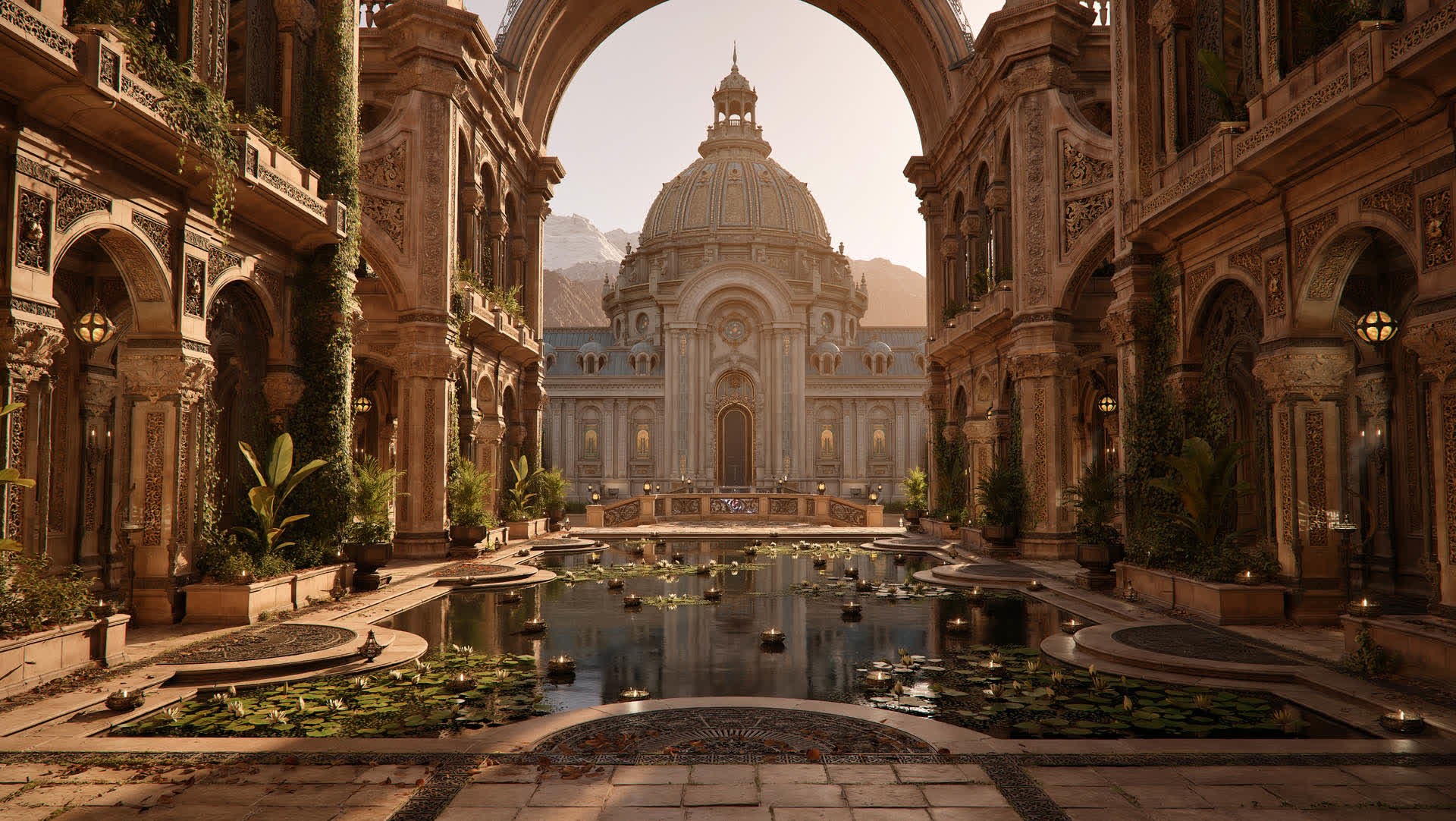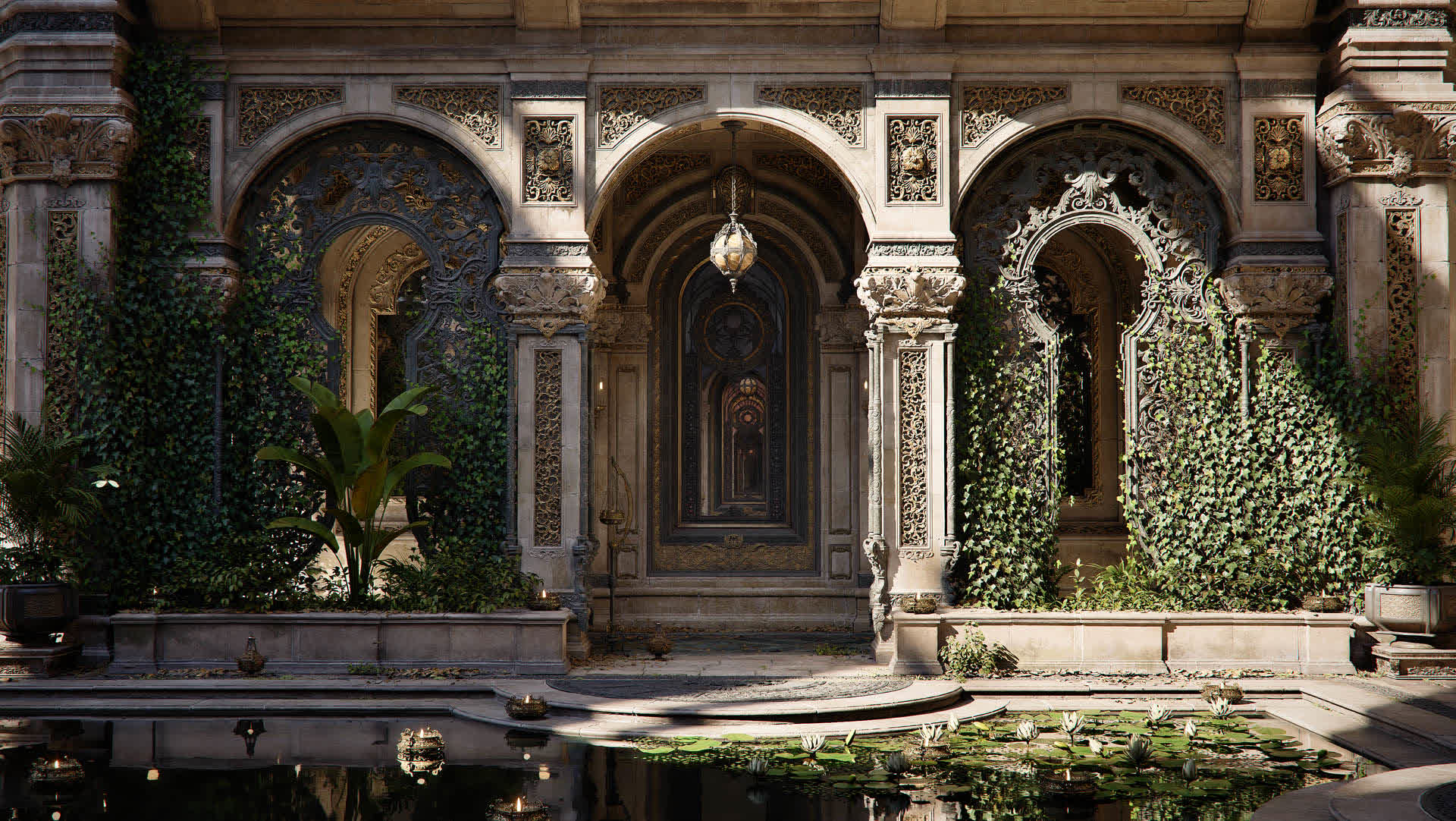Zorah is a large-scale Nvidia RTX neural rendering tech demo powered by Unreal Engine 5, designed to demonstrate the latest advancements in real-time rendering. Originally presented at CES 2025 and further refined for GDC, the demo is now publicly available as a 108 GB download.
It highlights key innovations in geometry processing, lighting, character rendering, and neural shader technologies, and is intended for developers and researchers working with next-generation graphics pipelines.
Note: The download is packaged as an Unreal Engine project, not an executable. Requires you to install Unreal Engine first.
The project runs on the Nvidia RTX branch of Unreal Engine 5 (NvRTX) and is optimized for the GeForce RTX 5090, utilizing features from the Blackwell architecture. Zorah includes scenes composed of nearly 500 million triangles, over 30,000 materials, more than 2,000 particle lights, and 1,500 high-resolution textures.
These assets are rendered in real time using neural rendering technologies, including RTX Neural Shaders, DLSS 4 with frame generation, and a transformer-based AI model for dynamic content generation.
Neural rendering techniques used in Zorah include real-time generation of lighting, textures, hair, and materials directly within the shader pipeline. Supporting technologies such as ReSTIR PT and DI (for path-traced global illumination and direct illumination), RTX Mega Geometry, Neural Material networks, and Neural Texture Compression further enhance visual fidelity and rendering efficiency.
The demo operates entirely with real-time path tracing – no rasterization – providing an accurate preview of how future games and applications might leverage neural methods to improve both quality and performance.
Zorah is designed for high-end development systems and requires a modern RTX GPU, preferably an RTX 5090, to achieve real-time performance.
Source link

